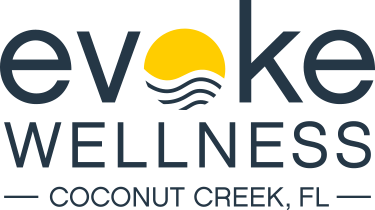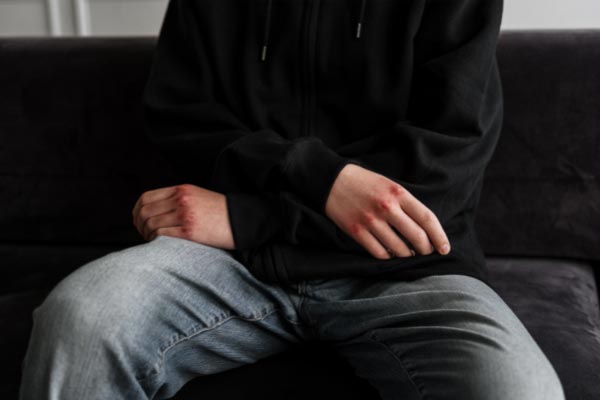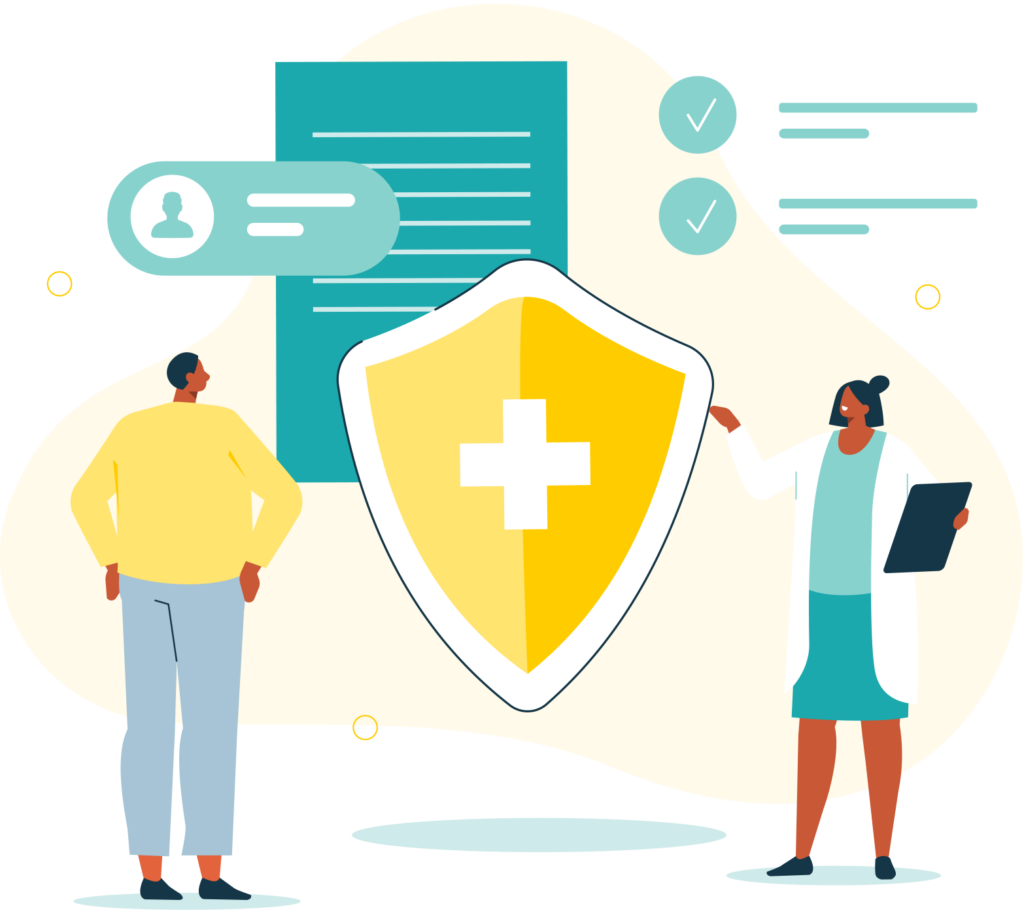Let’s analyze what self-harm and self-inflicted injuries do for the person engaging in this behavior, and how it can be similar to addiction. The act of self-inflicting non-suicidal bodily harm intended to cause pain and tissue damage or scarring can become a medical emergency. There are many forms of self-injury, and cutting is the most common one. Yet, burning, hitting one’s head on walls or objects, scratching, biting, picking, and hairpulling are also forms of self-harm. People who hurt themselves are not suicidal but are suffering mentally and emotionally.
Self-harm is not a mental disorder. It is a behavior – an unhealthy way to cope with strong feelings. However, some of the people who harm themselves do have a mental disorder. (NIH)
Why Do People Hurt Their Body On Purpose?
In some instances, self-injury is used to cope with emotional pain, such as intense anger, sadness, or guilt. The self-harm practice will activate the body’s natural pain killers and release endorphins and dopamine, giving the person a feeling of calm and relief. Yet, the respite is short-lived as many people who self-harm then feel guilt and shame about what they are doing to themselves, and the painful emotions come back. Purposefully injuring one’s own body indicates a deeply wounded person in emotional pain and distress. As time goes on, self-harm can become more violent and lead to severe and even fatal self-inflicted injuries or aggressive actions.
What Type of Condition is Self-Harm?
Researchers from the National Institutes of Health identify self-harm as Non-Suicidal Self Injury, NSSI. It can lead to suicide and is most prevalent among teenagers and younger adults, here is their summary of the matter, for your comprehensive reference:
Non-suicidal self-injury (NSSI) is the deliberate, self-inflicted destruction of body tissue without suicidal intent. It includes cutting, burning, biting, and scratching the skin. NSSI is especially prevalent during adolescence, with 40% or more reporting NSSI. In both adolescents and adults, rates of NSSI are highest among psychiatric populations (people diagnosed with depression, anxiety, and emotion dysregulation). NSSI is especially common in people prone to self-directed negative emotions and self-criticism. (NIH)
What Do You Look For as Symptoms of Self Harm of NSSI?
When someone is self-harming, they will do it when they are alone so no one can stop them or find out. A self-injury session is ritualized in the method (cutting, burning, etc.) or leaving a pattern of scars on the skin. There are signs of self-harm to look for, including:
- Patterns of scars, cuts, scratches, bruises, bite marks, or other wounds
- Wearing clothes with long sleeves or long pants often
- Claiming accidental injury often
- Having relationship difficulties
- Demonstrating irregular behavior, impulsivity, and unpredictability
- Sharing feelings of worthlessness, helplessness, or hopelessness
How is Self-Harm Related to Addiction?
Researchers studied a discussion on a social media platform called Reddit and found the relationship between self-harm and addiction similar in terms of language to describe the condition. The study analyzed more than 350,000 posts and comments. The most notable trait that mirrored the language of addiction was using the terms’ relapse’ and referring to their condition as an ‘addiction.’
The self-harm discussion directly referred to their self-injuring activities as an “addiction,” citing cravings and escalating severity or tolerance, and used terms employed by people recovering from substance use disorders, such as getting “clean” or “relapsing.” (NIDA)
What Treatment Types Help People Who Self Harm and Use Drugs?
Today, the programs available at Evoke Wellness in Coconut Creek for drug addiction and self-harm are completed in the dual diagnosis program. There the patients receive behavioral therapy methods and pharmacotherapies. These treatments are evidence-based and effective for helping someone overcome their conditions simultaneously. The dual diagnosis program provides intensive one-on-one counseling, substance abuse treatment, in-depth small group counseling, holistic therapy, mindfulness recovery, relapse prevention, and stress and anger management groups and therapy. In addition, every patient is provided with a personalized treatment plan. We have the expertise and the experience to help you or a loved one heal the emotional pain they carry. Connect with us right now to be matched with an admissions coordinator without further delay in the journey to sobriety!



